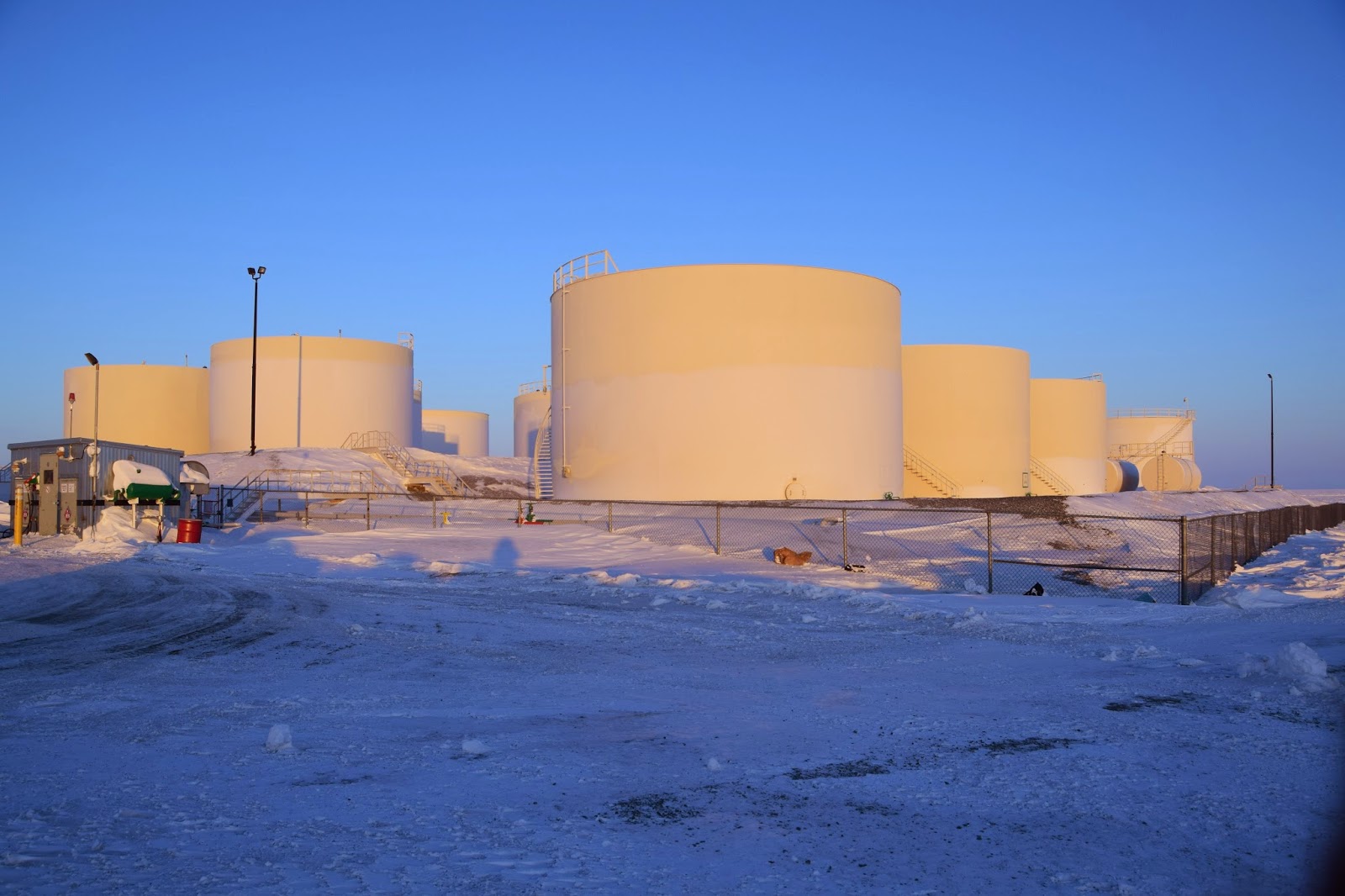 |
| Most of the summer toys are under Snow and Ice |
Under the snow and amongst
 |
| All set ready to go...it will be a while yet! |
The main reason is transport, fishing, and whaling. These boats allow the family to visit relatives up the coast. They allow for fishing out on the big bay called HUDSON...and the hunting of walrus and whales, both beluga and narwhales. Of course, Narwhales, are controlled these days and require permits... sometime a community will get the permit for a whale and everybody becomes involved.
The main feature in town you will notice, appears to be discarded containers from the shipping companies. These are sold and bought like any commodity. You do require a hamlet permit, like any permanent structure, and are subject to some rules and regs. People use them to store summer goods. Christmas decorations or any other item that may be seasonal.
 |
| Frozen in place...what hides inside? |
 |
| SEA Cans...found all over town |
 |
| The new Garbage Collection Truck...in action |
 |
| Hiding out of the wind, but in the sun. An hour later, the wind swung and they were gone |
This brought forward the conversation about the collection of eggs, goose and duck. The Inuit use them in their diet since living chickens are not found in this area. I then made the mistake of asking if they used the raven's eggs...You could have heard an ULU drop..."they're garbage eaters" was the first response..."we don't eat garbage eggs" was the second. Of all the crazy questions or statements that I've made since I arrived, this one seemed to hurt. I apologized but then I was asking questions. There may be reasons for the short fuse with the recent publicity about garbage and some citizens using the dump to find food. It was a hot topic in the news and lead to the deputy mayor's resignation.
 |
| The garbage cans mark the streets in "Old Town" |
After the big storm, I noticed that you couldn't find the roads,or streets, just because the volume of snow and the resultant drifts in certain parts of town. You could imagine where the roads might have been...but here in Rankin Inlet, you could see the tracking of the streets. The people clearing the snow, post storm, also knew where the streets were. It was simplistic...the was a row of barrels along the side of the street, sometime both sides.
 It's where the residents place their garbage for pickup...and the barrels provide a landing strip effect allowing the plowing teams to get the clearing done, when necessary. There are other bins around town in the larger buildings, including our health centre, with lids, but no one in winter uses the lids and the ravens and been seen ripping the green plastic to shreds and getting to the contents.
It's where the residents place their garbage for pickup...and the barrels provide a landing strip effect allowing the plowing teams to get the clearing done, when necessary. There are other bins around town in the larger buildings, including our health centre, with lids, but no one in winter uses the lids and the ravens and been seen ripping the green plastic to shreds and getting to the contents. |
| All ready for the new truck |
My education had continued as did those stories....an old computer adage came to mind..."Garbage in....well you already know the rest!"


















